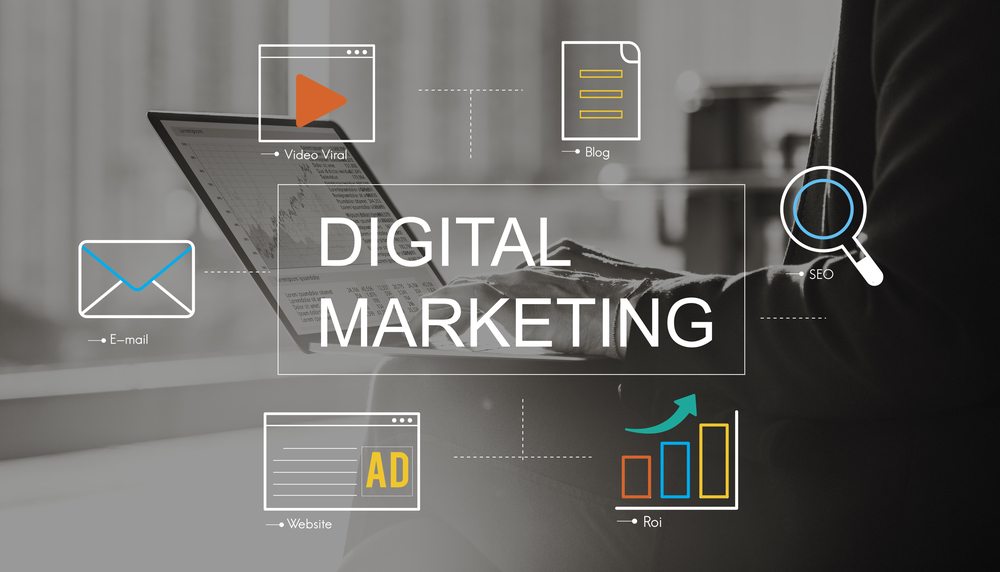Industrial Steam Boilers Reduce Downtime and Improve Manufacturing Efficiency
Manufacturing industries rely on steady energy sources to ensure smooth operations. Industrial steam boilers have become essential equipment, providing consistent heat and power to drive various processes. Their ability to deliver uninterrupted performance makes them highly valuable in minimizing downtime and boosting productivity. By maintaining efficiency and ensuring reliable output, steam boilers support manufacturing units in meeting production goals, reducing operational delays, and improving overall workflow. With advanced design and technology, these boilers not only sustain efficiency but also contribute to cost savings and long-term operational reliability.
Ensuring Consistent Performance
Industrial steam boilers are designed to provide continuous and steady heat energy. This reliable output prevents interruptions in production cycles, which helps manufacturers avoid costly delays. A dependable boiler system ensures that machinery runs smoothly, browse this site to higher production efficiency.
- Steady supply of steam maintains uninterrupted operations.
- Reliable performance reduces unexpected breakdowns.
- Consistent heat supports high-quality output in production.

Minimizing Downtime in Manufacturing Units
One of the biggest advantages of steam boilers is their ability to reduce downtime. Since downtime directly impacts production schedules and revenue, industries benefit from boilers that operate with durability and stability. Advanced control systems and safety mechanisms also play a role in ensuring long hours of operation without disruption.
- Fewer interruptions in production processes.
- Stable heating for continuous manufacturing.
- Reduced need for frequent system adjustments.
Enhancing Efficiency Across Operations
Efficiency in manufacturing means achieving more output with fewer resources. Industrial steam boilers are engineered to optimize fuel usage, reduce waste, and deliver maximum heat energy. This efficiency ensures that industries can maintain high productivity levels without unnecessary energy loss.
- Lower energy consumption with optimized fuel use.
- Consistent steam supply enhances operational productivity.
- Improved process speed through reliable heating systems.
Supporting Different Industrial Applications
Industrial steam boilers are versatile and support a wide range of manufacturing sectors, from food processing to chemical production. Their adaptability ensures that businesses can scale operations without worrying about heating limitations. This versatility makes boilers a dependable choice for multiple industries.
- Food and beverage production requiring steady steam.
- Chemical industries needing precise heating levels.
- Textile and paper manufacturing benefiting from continuous energy supply.
Long-Term Reliability for Growth
By investing in industrial steam boilers, manufacturers secure long-term operational reliability. These systems are built for durability and are capable of supporting large-scale production needs consistently. This reliability ensures smooth growth and expansion opportunities for industries.
- Continuous support for long-term production demands.
- Less downtime leads to higher annual output.
- Strong foundation for business growth and stability.
Industrial steam boilers play a vital role in reducing downtime and improving efficiency in manufacturing. Their consistent performance, energy optimization, and reliability make them a valuable asset for industries across different sectors. By ensuring steady steam supply, minimizing interruptions, and supporting long-term growth, these boilers enhance manufacturing productivity while contributing to cost savings. For businesses aiming to maximize efficiency and reduce operational delays, industrial steam boilers remain an essential solution.




